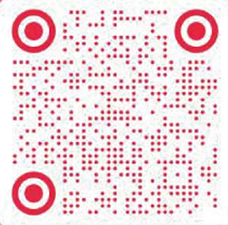Mudeung Tales, Act III, Scene ix, which the Gwangju Museum of Art, Korea and the Today Art Museum of Beijing have co-curated in commemoration of the twentieth anniversary of official diplomatic cooperation between Korea and China, demonstrates the literary landscape, the spirit of an ideological life and the artistic
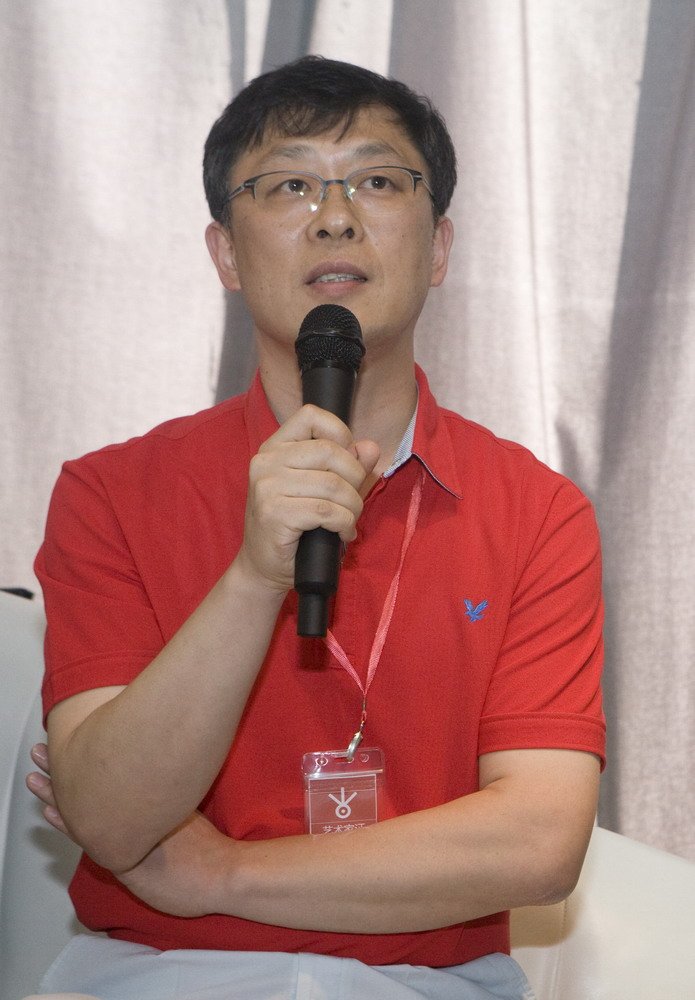
Han Changyun,the deputy curator of Kwangju Municipal Museum of Artdeliver a speech
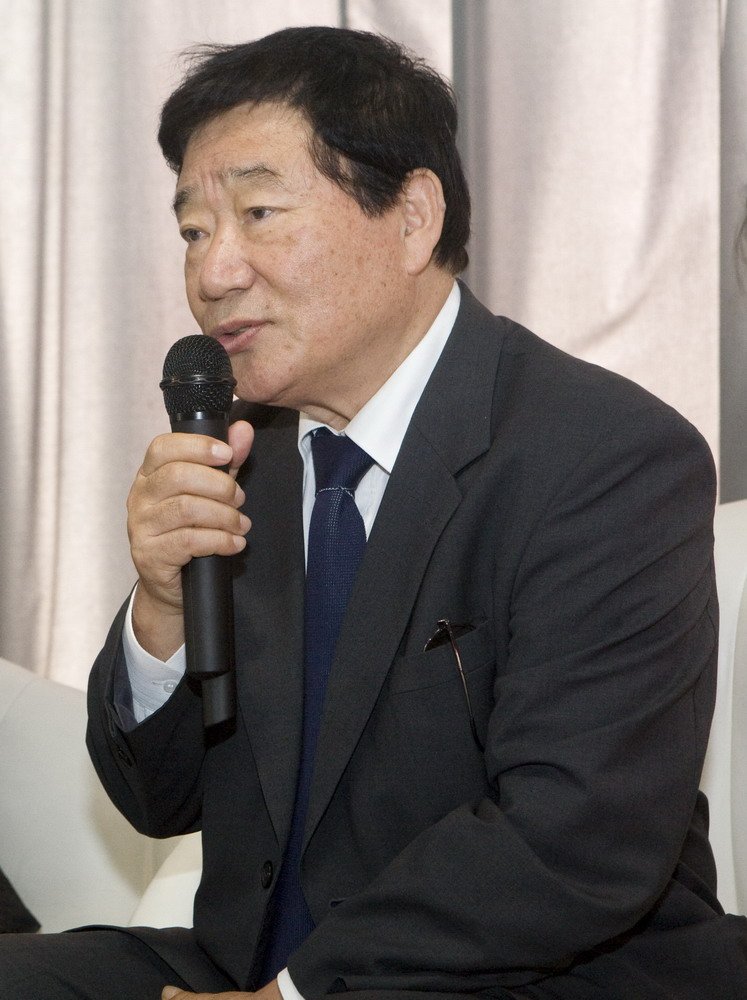
HuangRongxing the curator of Kwangju Municipal Museum of Artdeliver a speech
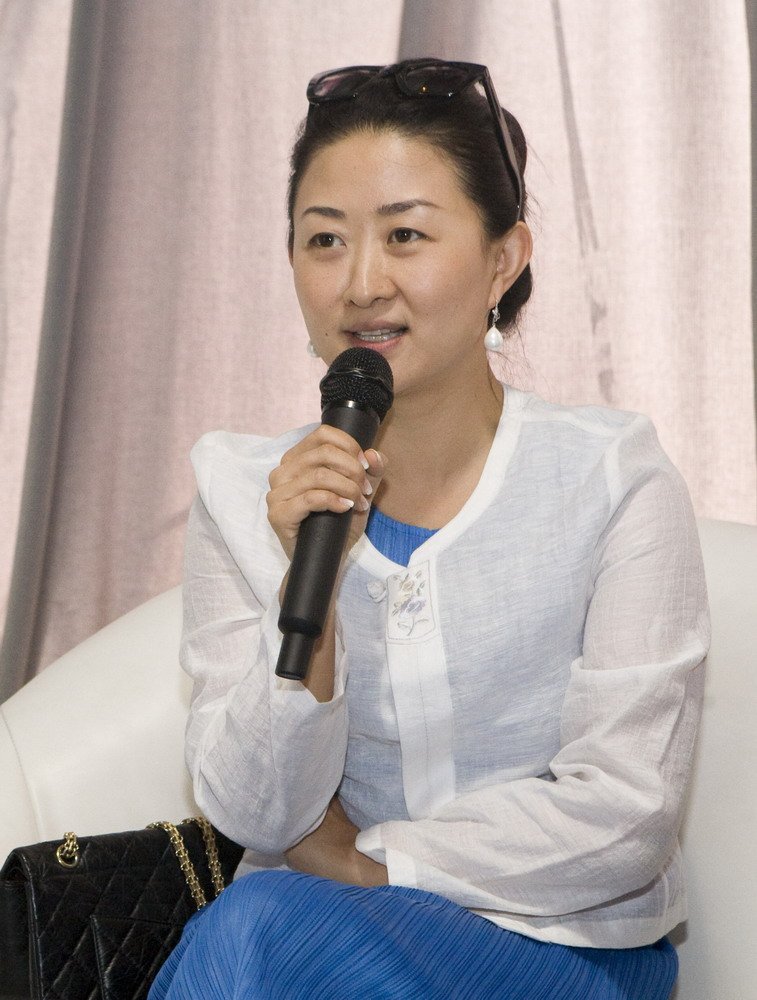
ZhengYan the deputy Director of today art museum deliver a speech
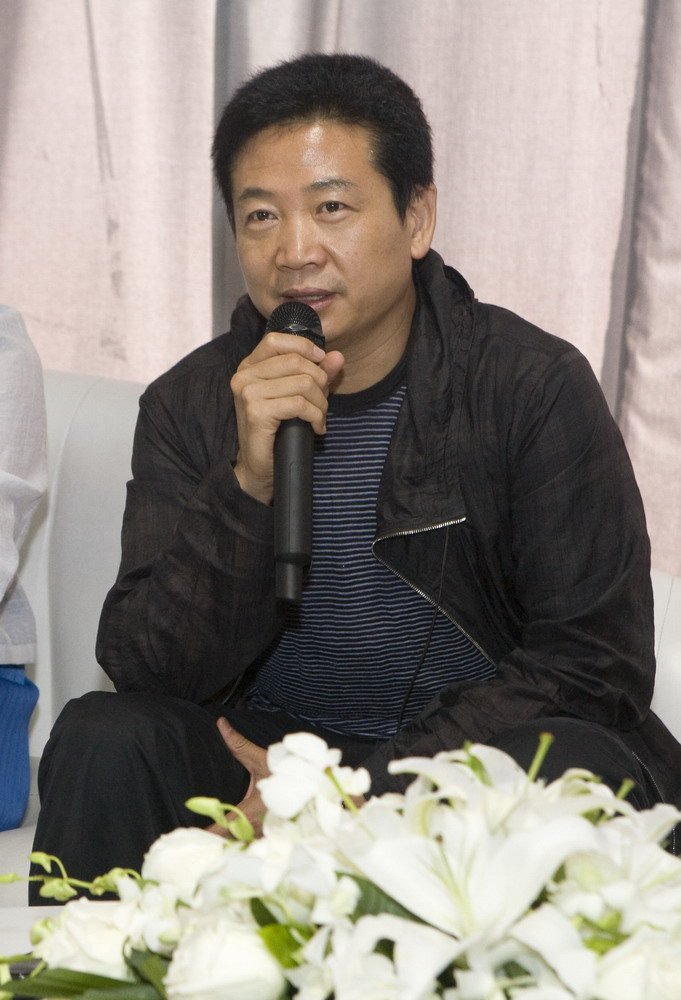
ZhangZikang the curator of today art museum deliver a speech
The exhibition room of the Today Art Museum Building No. 2 is not in the form of a typical exhibition room and so an interpretation of space appropriate for the composition of this exhibition was needed. For such reasons, the exhibition draws in a cinematic element, that of an omnibus form, and composes lines of motion in the outline of a dragon, which often appears in Korea’s folk tales, through individual partitions and arranges the artworks so that the intents and images of each piece could tell an independent story without any conflicts. Therefore, this exhibition will allow one to feel the locality and charms particular to Korea while the various sentimental elements of mystery, lyricism, sorrow, curiosity, dynamism and interest interchange in their heart.
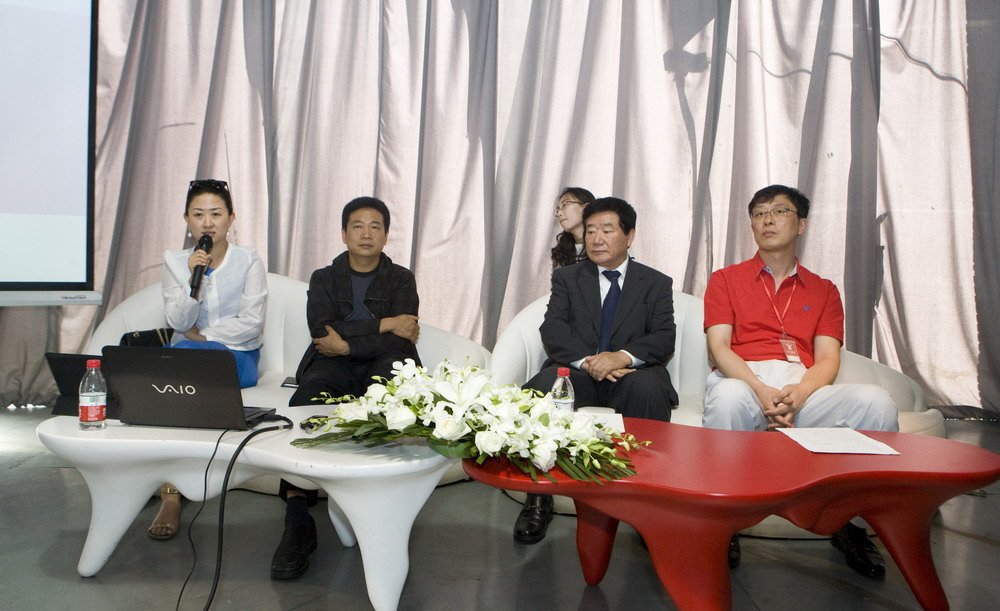
The press conference scene of Mudeung Tales
Today’s society is rapidly changing like a storm and stress through a phenomenon of complex fusion. Internationally, the world is already developing amidst a cross mixing of cultures to the extent that it is mentioned as a global village, through an information revolution and globalization using the internet. However, such phenomena on one hand are destroying unique cultural environments, which we should be preserving, by causing deviations in the inherent sentiments of peoples, creating faceless cities. The metropolises of the world are already becoming‘cookie-cutter’cities as uniform and standardized architecture are entering, without regard to the forms of a location’s original nature. This demonstrates that we are losing the DNA of our cities’identities and peculiar cultures or folk aspects.
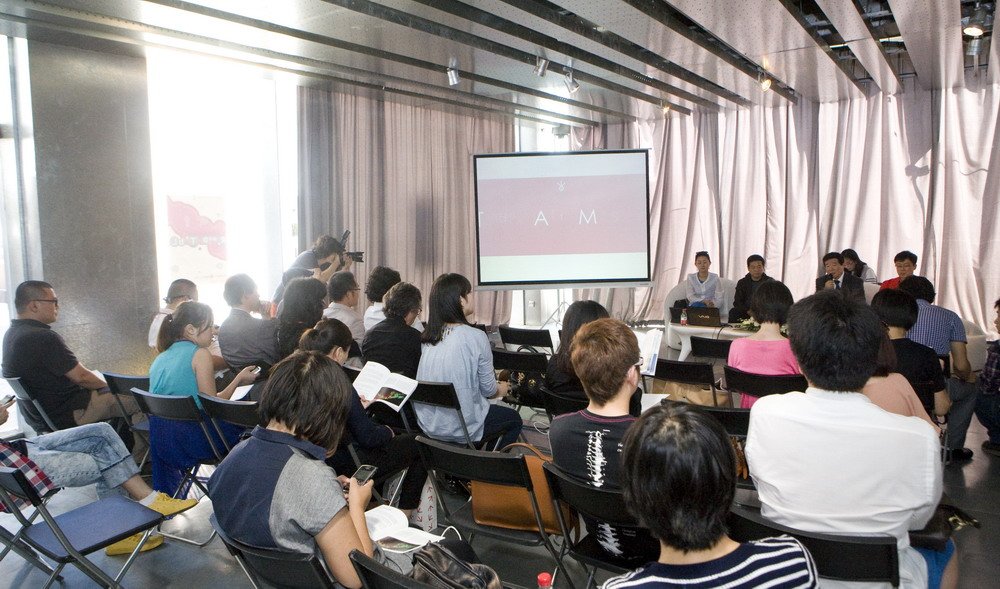
The press conference scene of Mudeung Tales
Stories of nations, peoples and localities are abundant in folk tales which have been orally passed down for great lengths of time. There are many opinions on folk tales by the era, place and scholar but they are commonly categorized into myths, legends and folklore, etc. However, there are no clear boundaries between these three, therefore they are interchangeable and comingle.
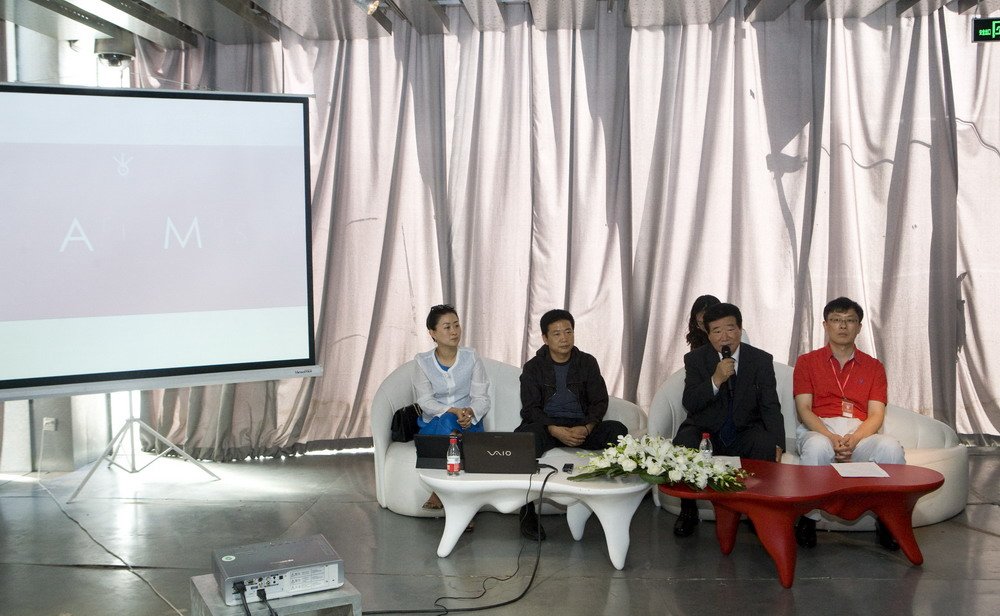
The press conference scene of Mudeung Tales
Through this exhibition, the writer dreams up a cultural city in which locality is alive, and the writer intends to provide a new discussion regarding inherent local identities and characteristics through folklore. It is because when the historic continuity of regions are held in spatial coherence, one can assume images differentiated from those of other countries and regions.

 CHINA THE ART OF CRAFT & DESIGN EXHIBITION 2025
CHINA THE ART OF CRAFT & DESIGN EXHIBITION 2025 Bologna Illustrators Exhibition 58th
Bologna Illustrators Exhibition 58th Zhiguan: Wang Zimu Art Exhibition
Zhiguan: Wang Zimu Art Exhibition Seasons of Cezanne The Immersive Experience
Seasons of Cezanne The Immersive Experience Marie de Villein: Behind the Sun
Marie de Villein: Behind the Sun “一粒一世界——北京大学颗粒艺术展”
“一粒一世界——北京大学颗粒艺术展”
 Florentijn Hofman :Celebrate!
Florentijn Hofman :Celebrate! Li Nu: As if Sand Were Stone
Li Nu: As if Sand Were Stone Exhibition customization course | TIM YIP MIRROR children's art class
Exhibition customization course | TIM YIP MIRROR children's art class
 TAM Open Studio / Hello, New Friends
TAM Open Studio / Hello, New Friends WANG SHIKUO/TODAY ART MUSEUM YOUNG ARTIST RESIDENCY IN NEW YORK CITY
WANG SHIKUO/TODAY ART MUSEUM YOUNG ARTIST RESIDENCY IN NEW YORK CITY 2018 third wang shikuo award -- nomination exhibition of contemporary young artists
2018 third wang shikuo award -- nomination exhibition of contemporary young artists








